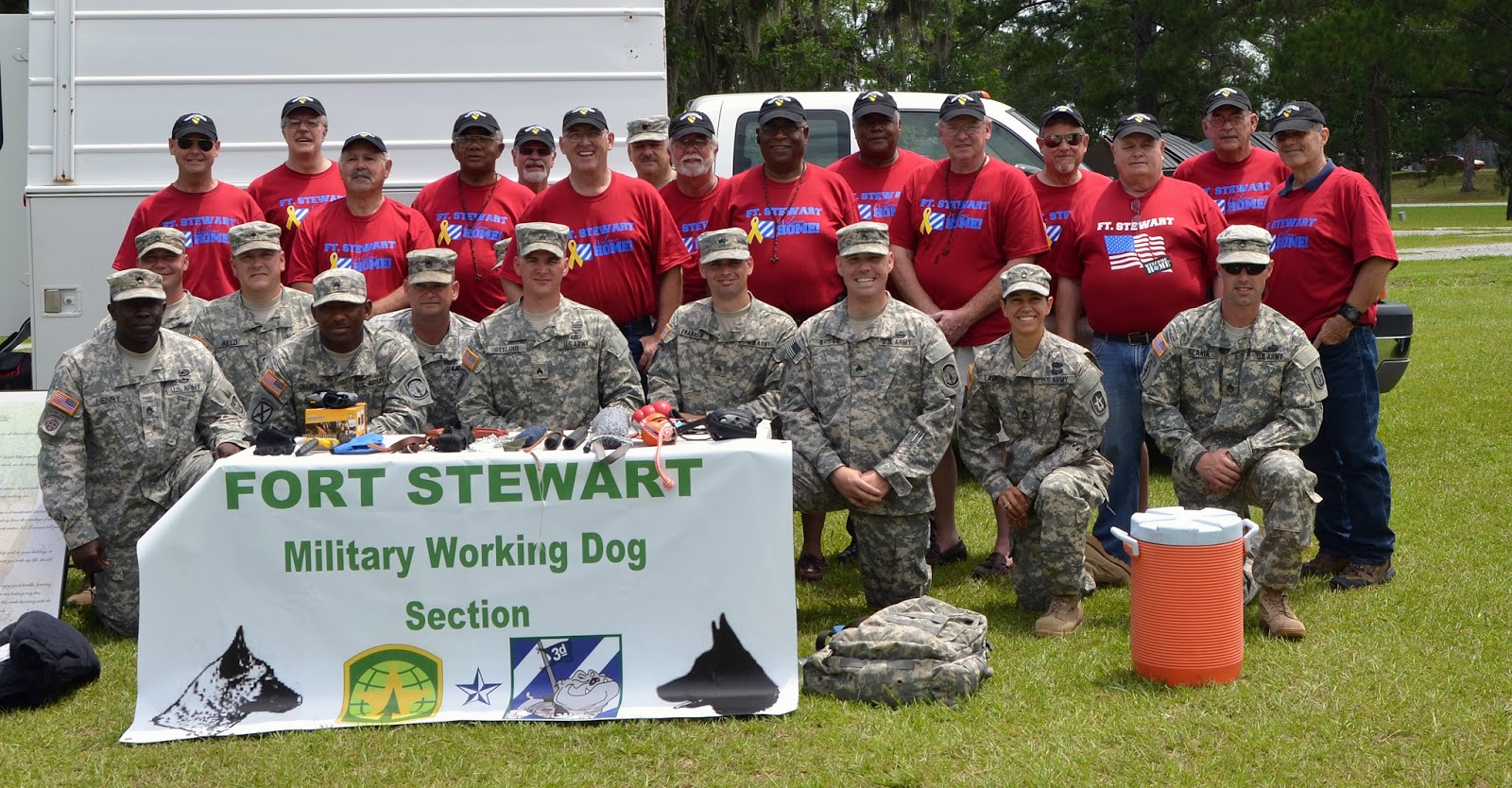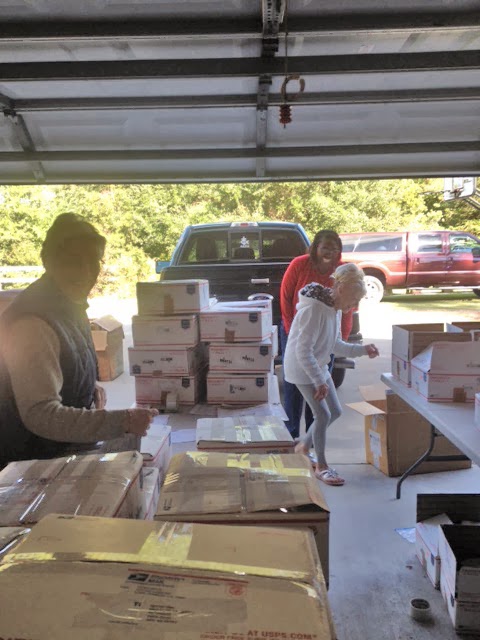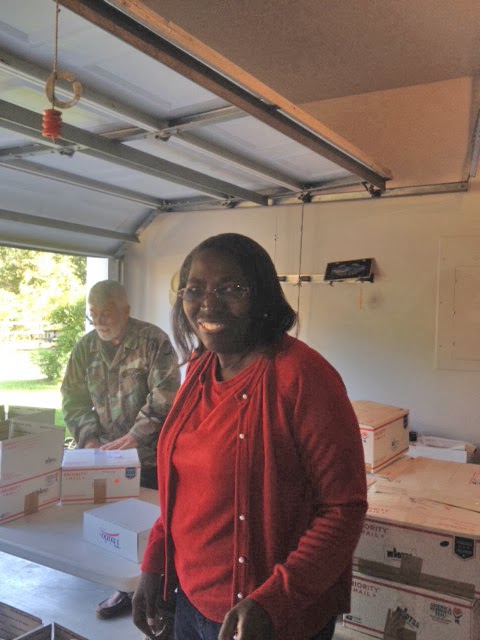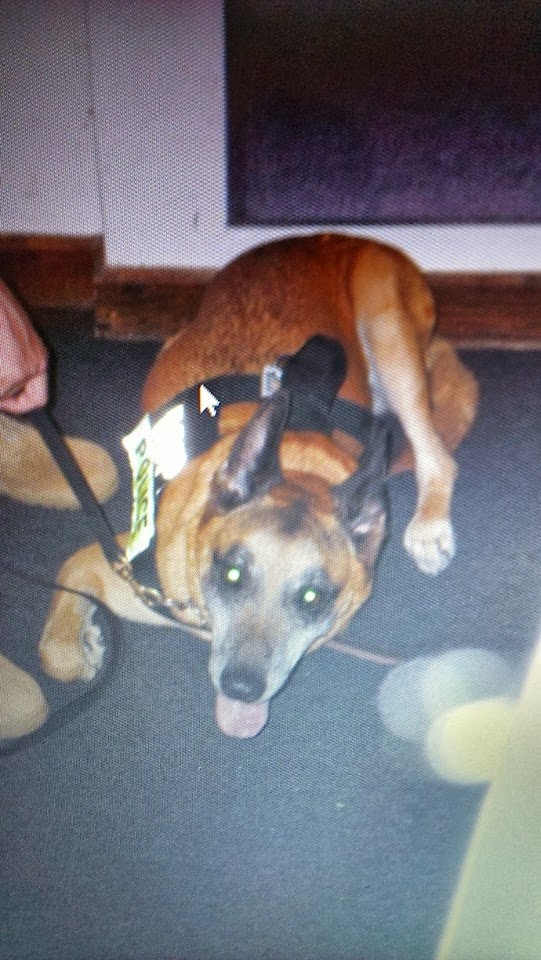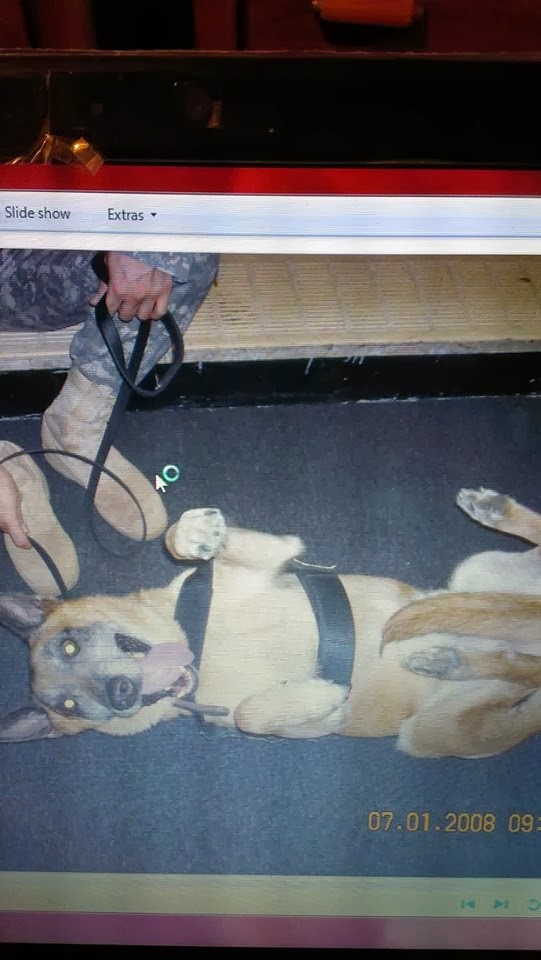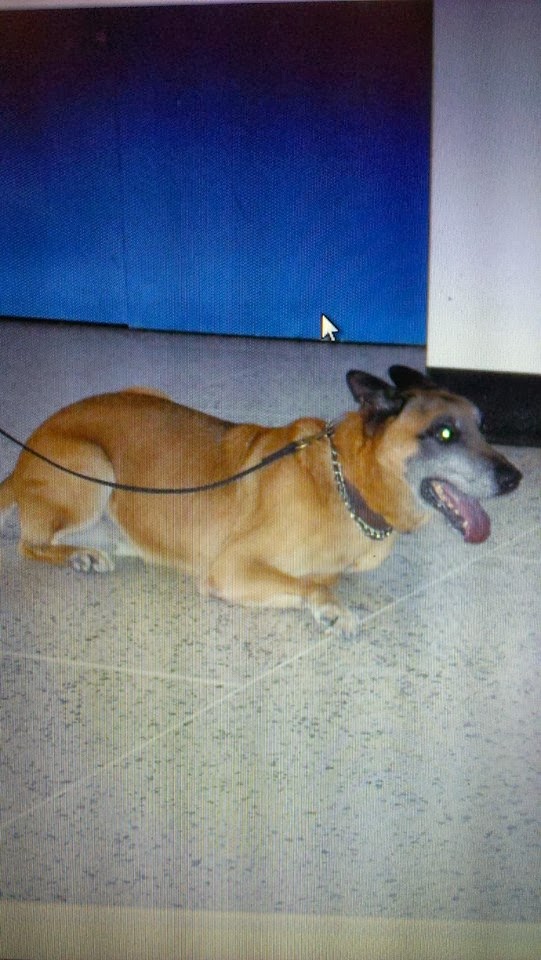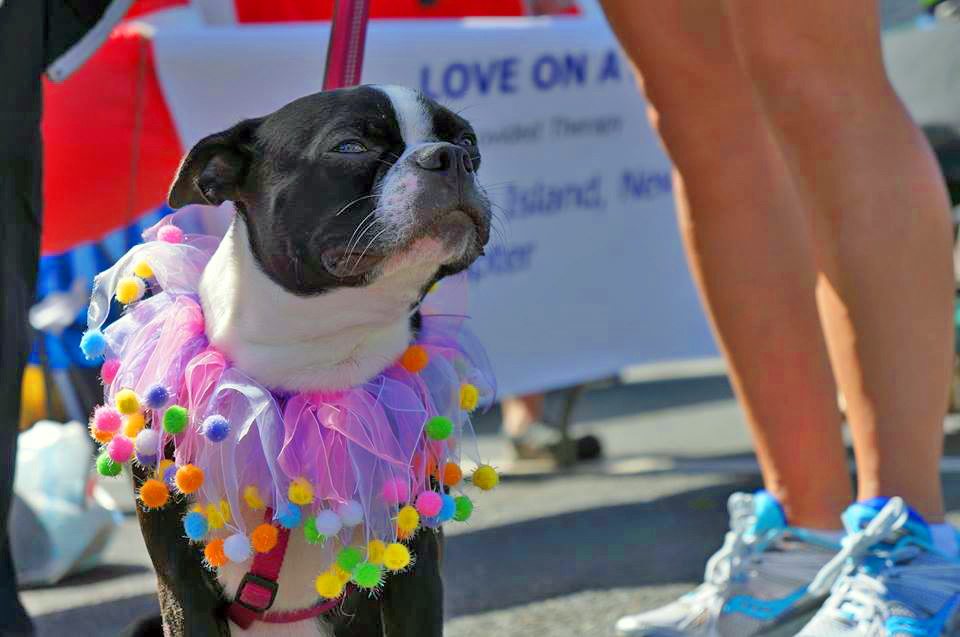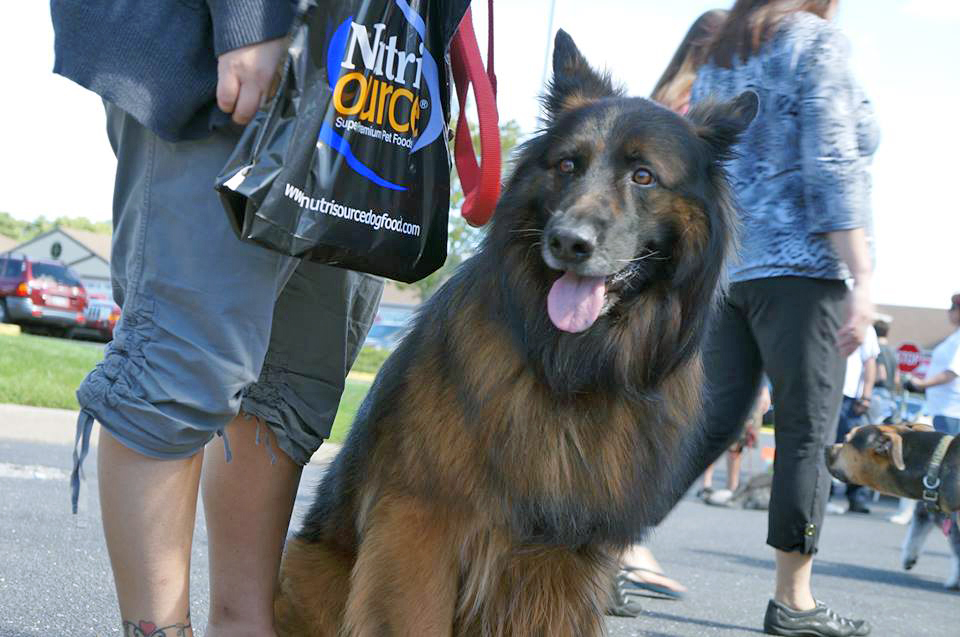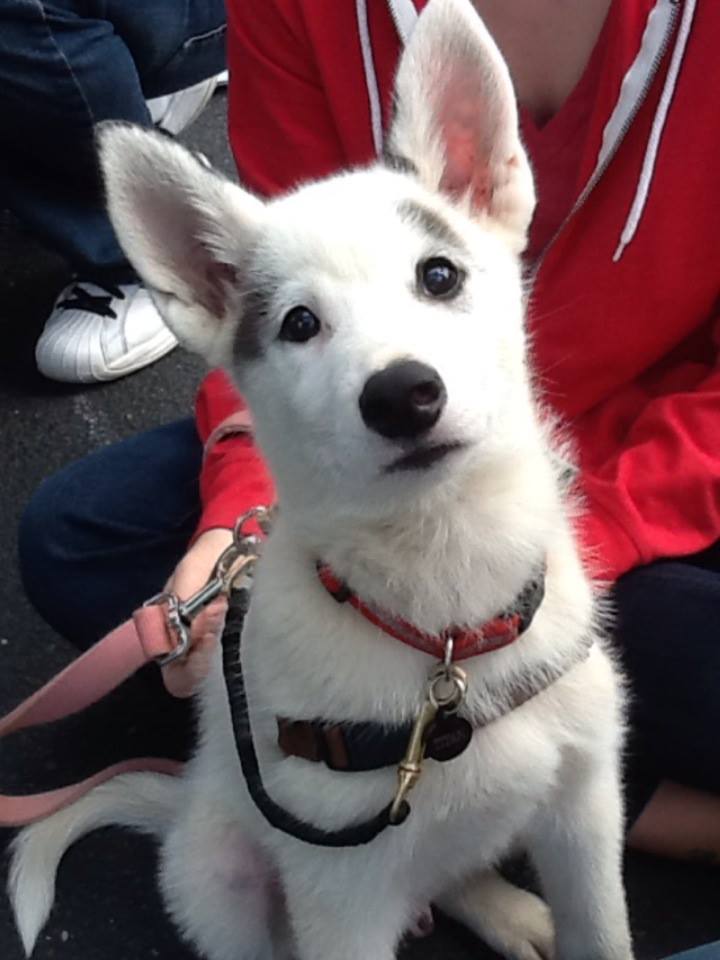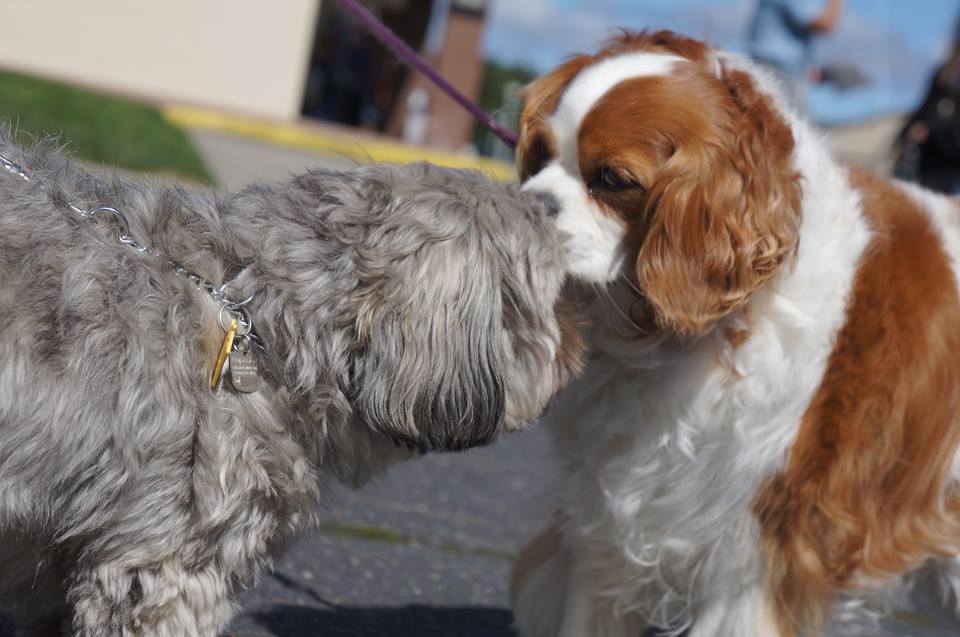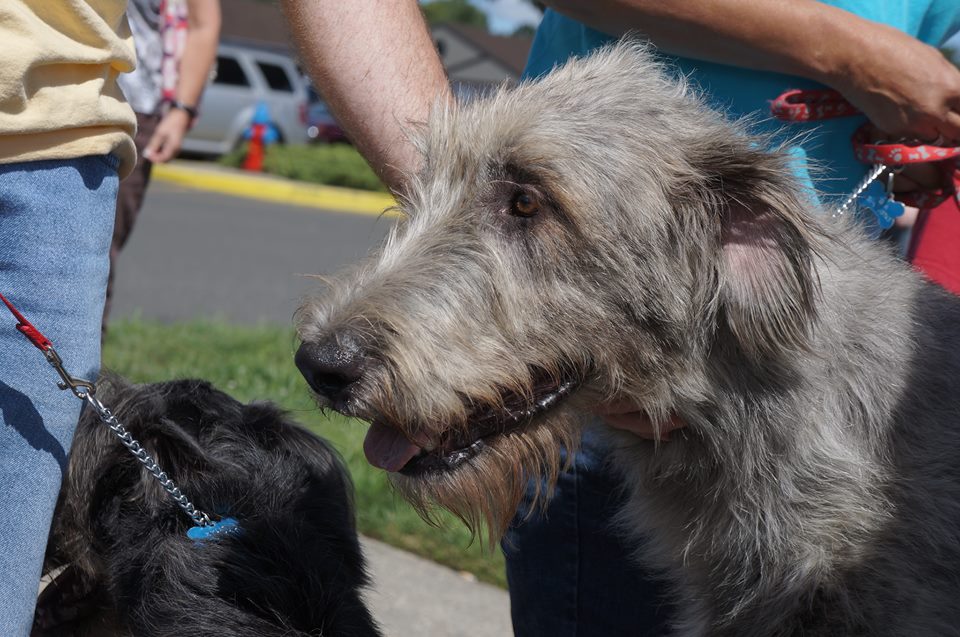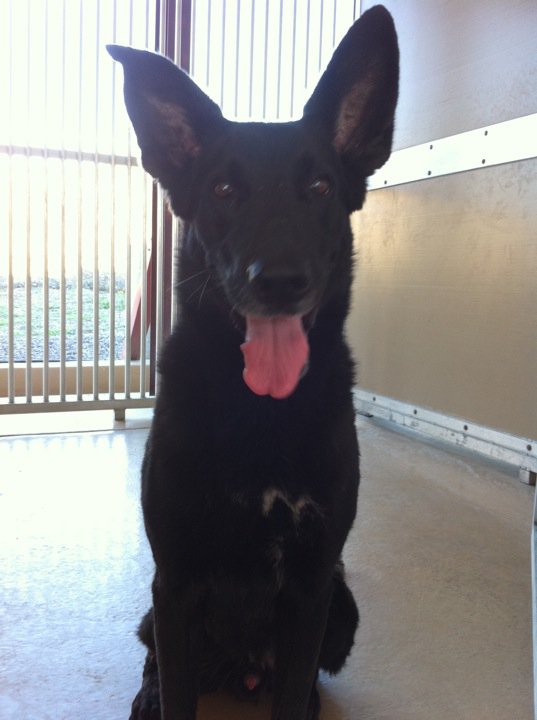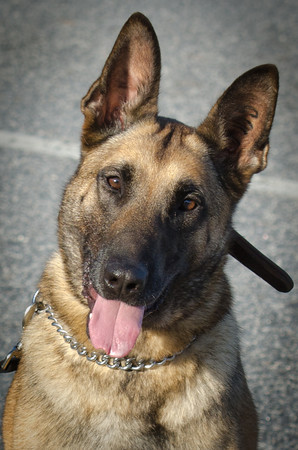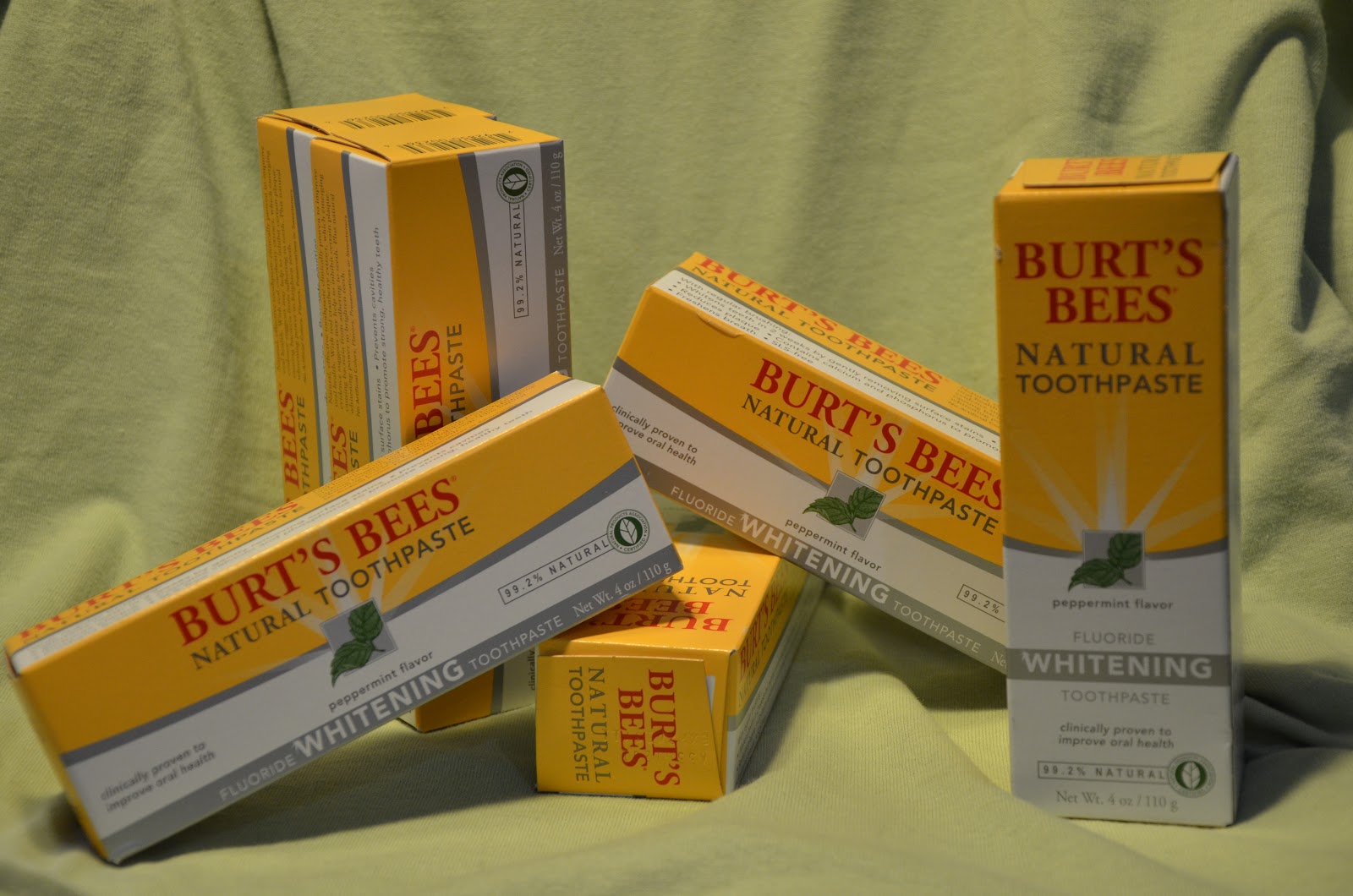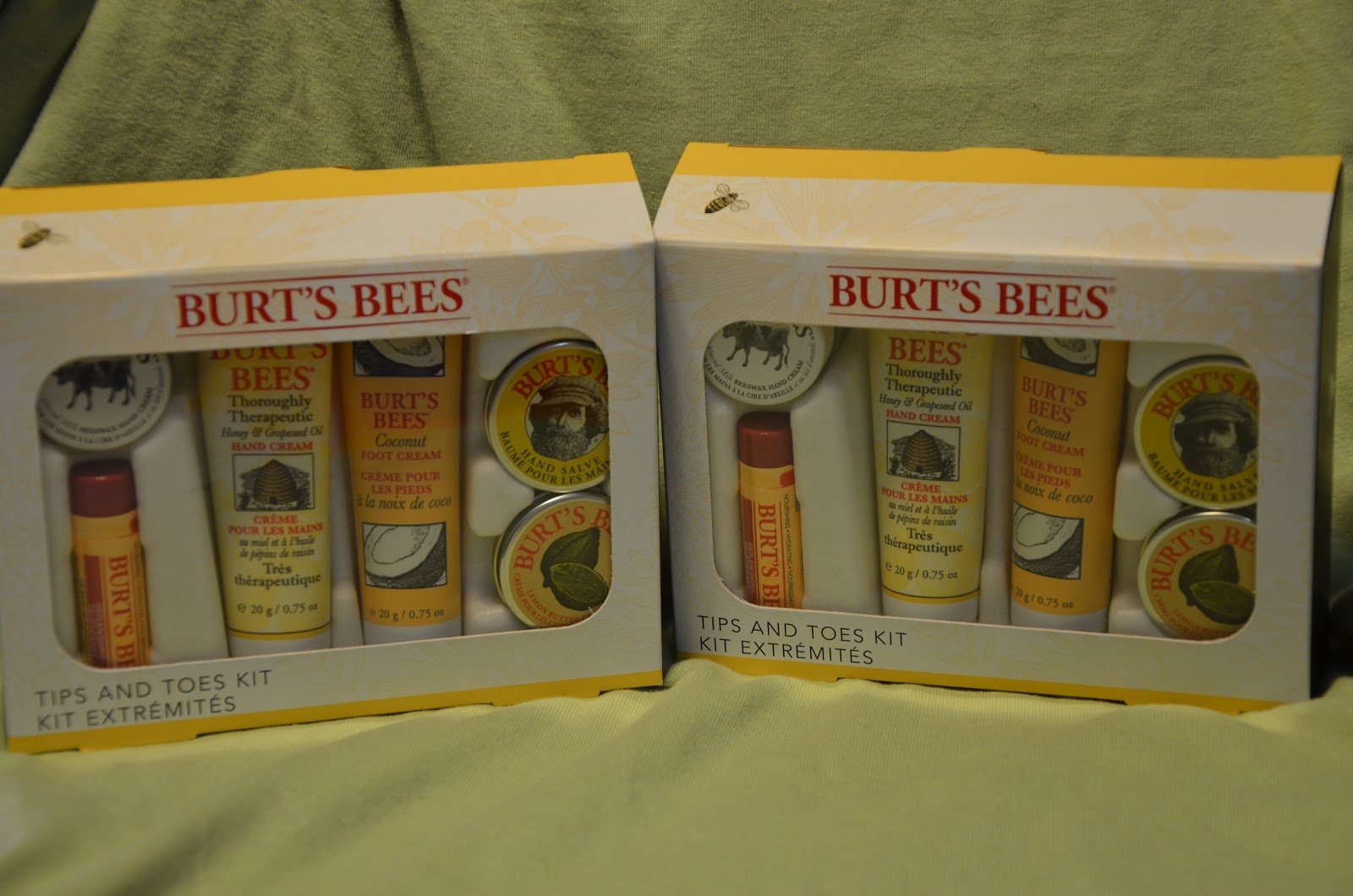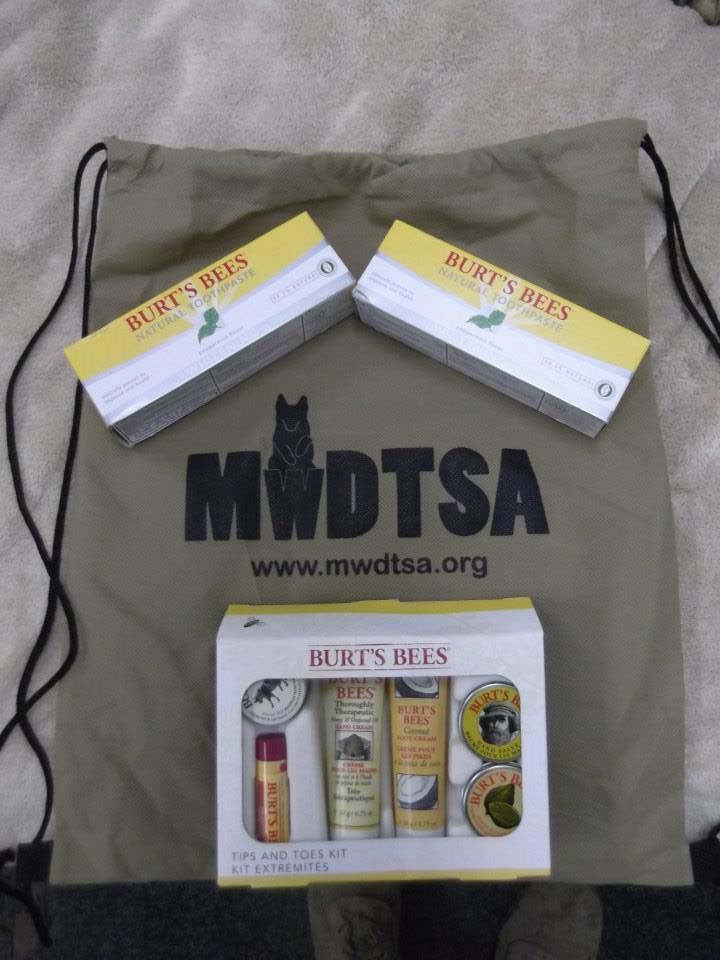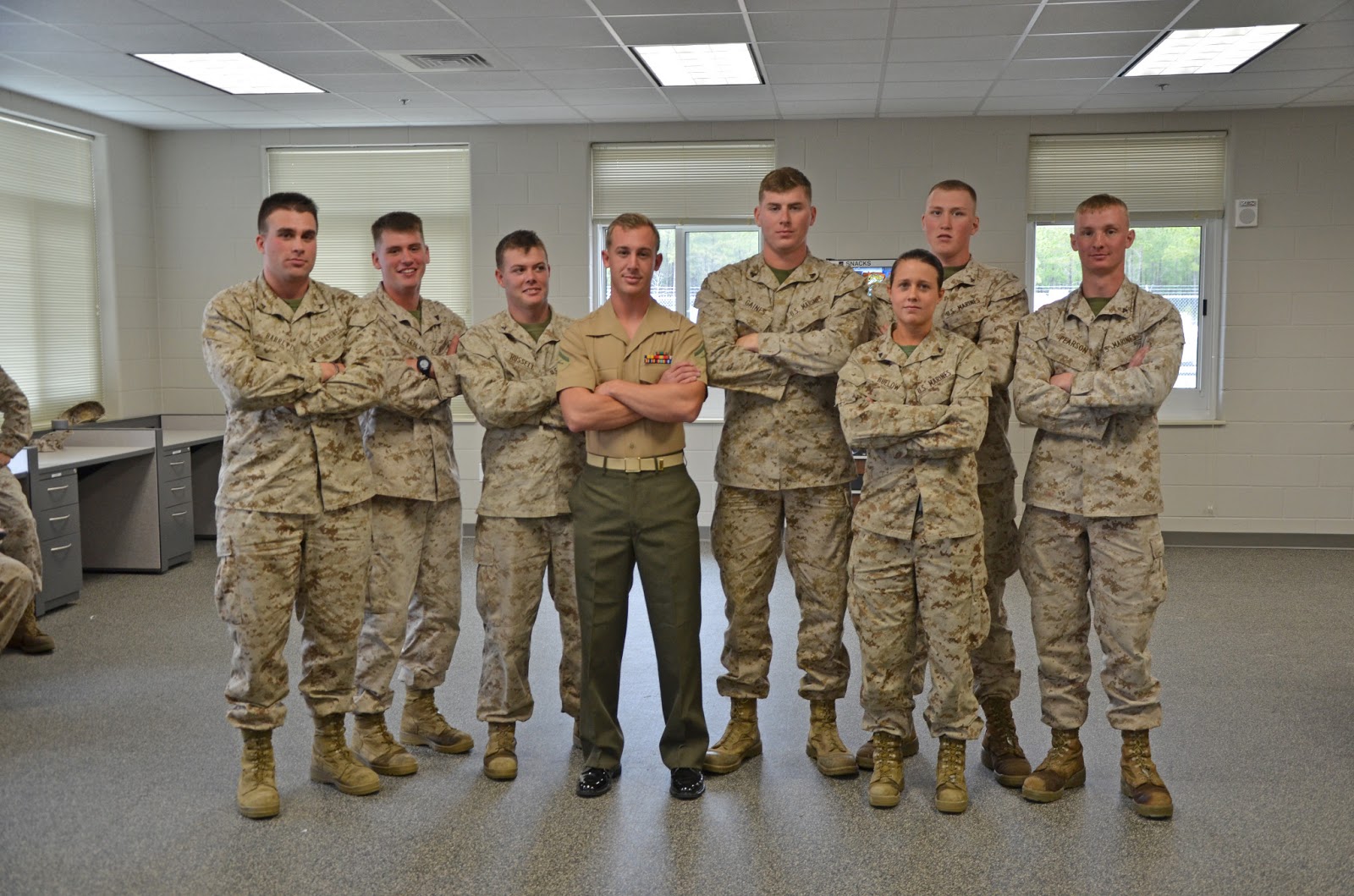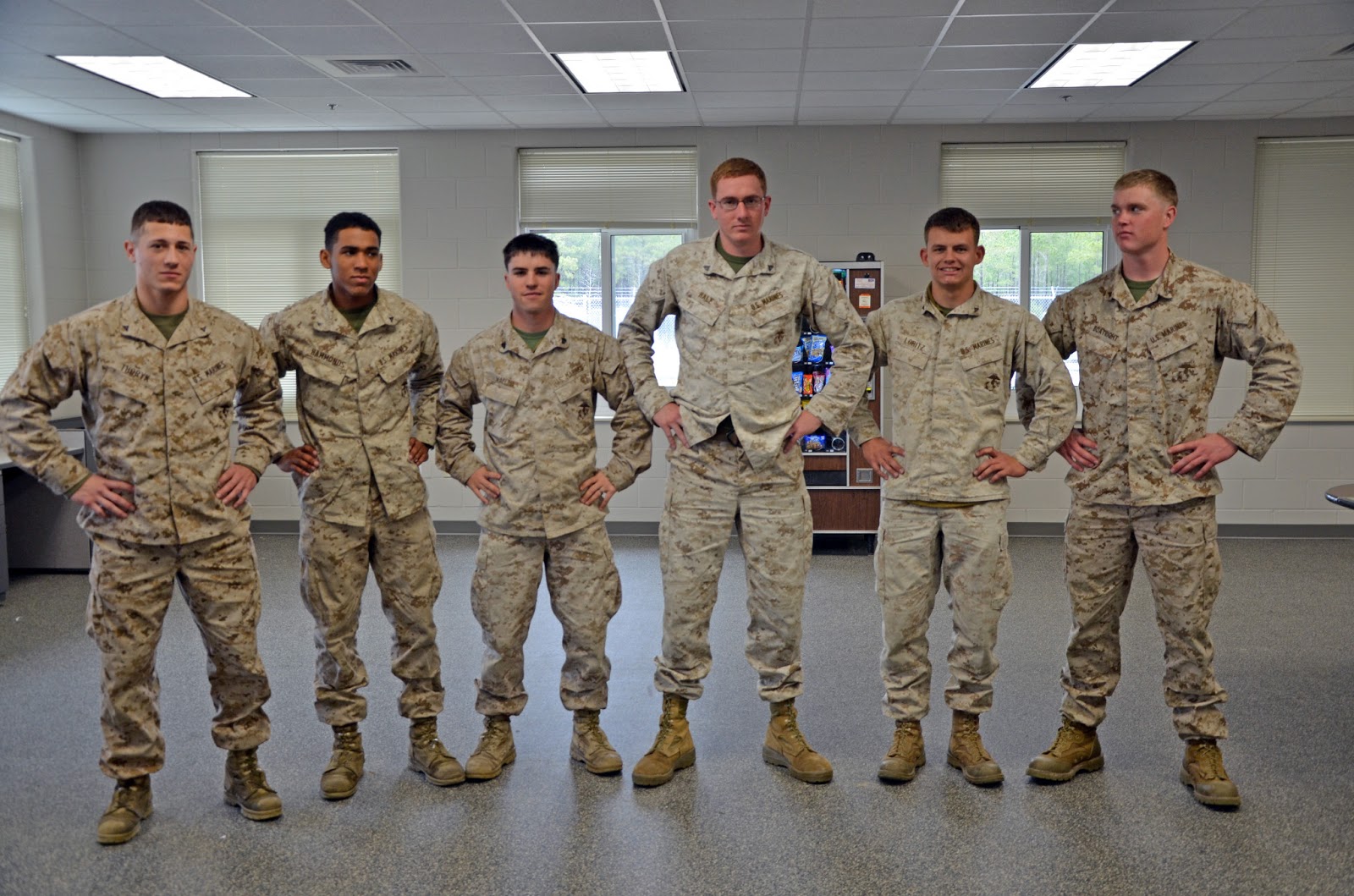September is Suicide Prevention Awareness Month. As I noted this, I thought of all the members of the military that deal with Post Traumatic Stress Disorder. Dealing with PTSD is no small, insignificant task. And if it is not dealt with effectively, it can lead to suicide.
According to the National Institute of Mental Health, PTSD develops following a terrifying ordeal that involved physical harm or the threat of physical harm. PTSD was first brought to widespread public attention in relation to veterans of war but it also can follow many other kinds of traumatic events. PTSD is a result of damage to the healthy “fight or flight” response to danger. People with PTSD will frequently feel frightened & anxious even when they are not in danger. In addition there may be other symptoms such as hyper vigilance, nightmares, “flashbacks”, insomnia, feeling numb, depression, feelings of guilt, angry outbursts and avoidance of places and events that trigger memories of the traumatic event. There is a website connected with the DOD that offers an anonymous screening tool to assist in determining if a person might have PTSD. The link is www.militarymentalhealth.org/PTSD_screening.
There is hope! The most common treatments for PTSD are psychotherapy (“talk therapy”) and medication or both. Some people find a support group of others who have experienced a similar trauma to be very helpful. Some have found “man’s best friend” to be a calming, relaxing presence and therapy dogs can be trained specifically to assist with PTSD. The treatment that works best for one person may not work as well for another. Treatment must be individualized. It is important to seek treatment from a mental health provider experienced with PTSD. Sometimes one of the hardest parts of treatment is actually seeking it. Some people choose to treat their PTSD on their own with alcohol or other potentially addictive substances but this just further complicates the situation. Asking for help does not signify weakness but strength and courage. Treatment is available in the V.A. system but also in private clinics and community mental health centers. Most private clinics accept health insurance and most community mental health centers have a “sliding fee scale” so the cost of treatment is based on a person’s ability to pay. There is also a non-profit organization called the Healing Heroes Network. Their mission is to connect veterans injured in the line of duty in Iraq or Afghanistan since 9/11/2001 with quality low cost healthcare anywhere in the United States. This care is treatment that is not provided or covered by the VA or that is not available in a timely manner through the VA health system due to backlogs. Their website is www.healingheroes.org.
Another potentially helpful website is www.maketheconnection.net. This website provides education, support and connections with other veterans and also some self assessment tools. Another website is www.battleindistress.org. This organization also has a Facebook page and is another way to connect with other veterans and be a part of a supportive community. If you are suffering from PTSD, it is very important to know and remember that you are not alone and that there is help and hope.
Jeanne
